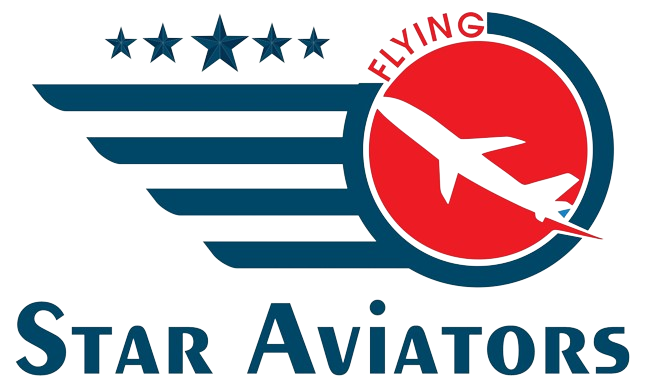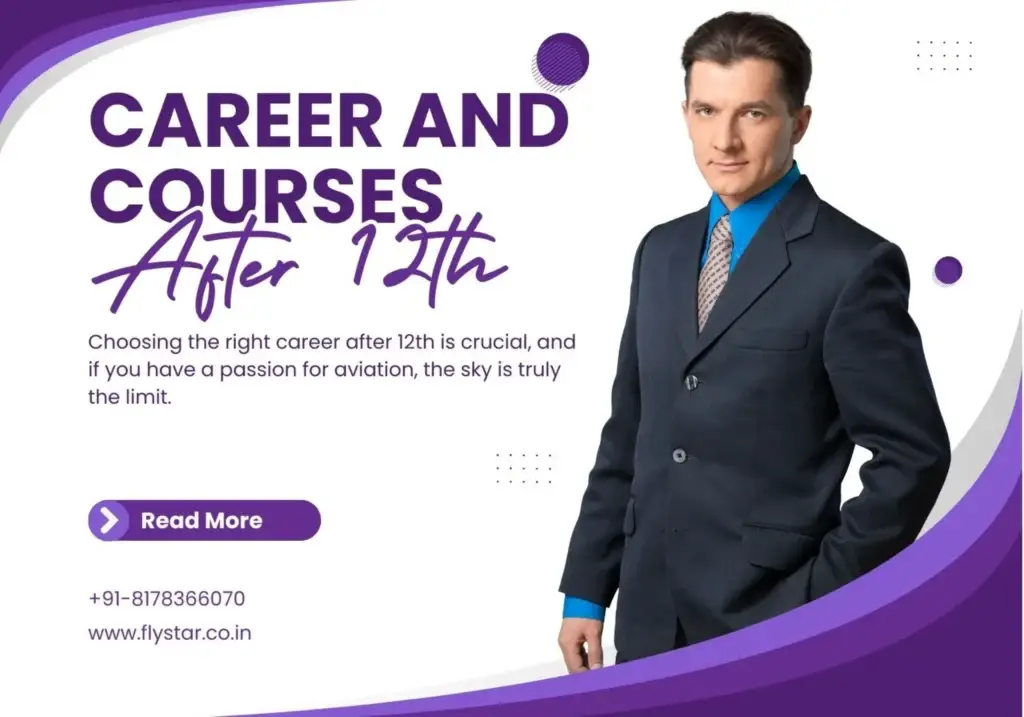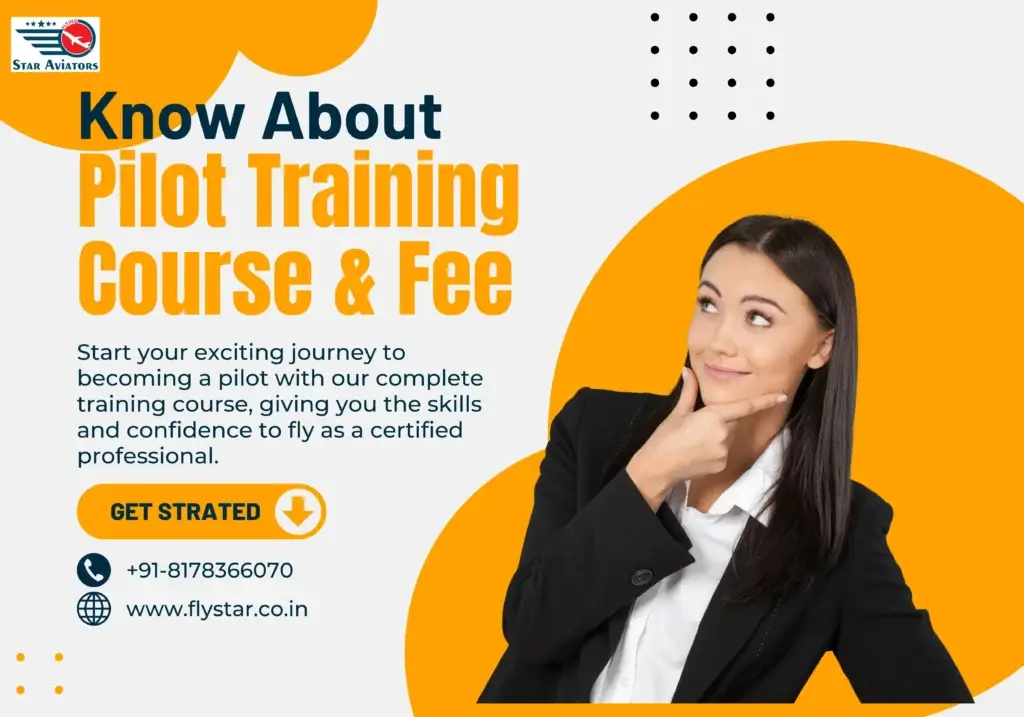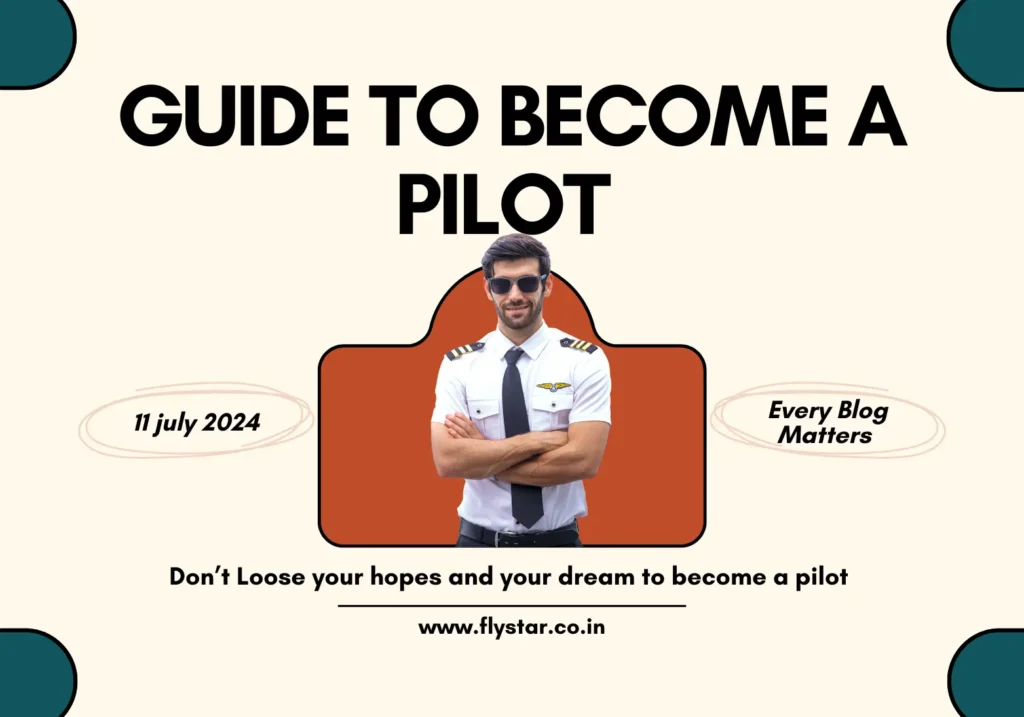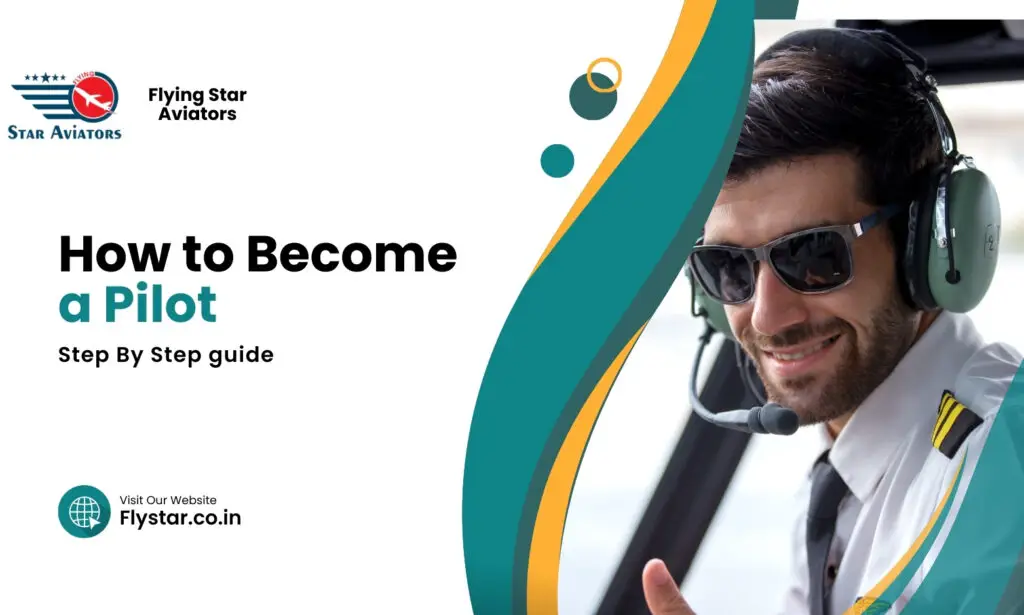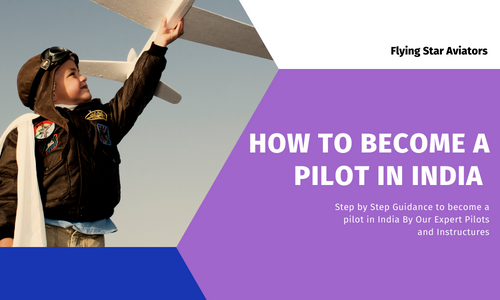Top Courses and High-Paying Jobs After 12th for Aspiring Flying Star Aviators
Choosing a career after 12th can be overwhelming, especially with so many options available. If you’re passionate about flying and dream of becoming a pilot, you’re already on the right track. A career in aviation is exciting, rewarding, and offers high-paying jobs. Here’s a guide to the best courses after 12th that can lead you to a successful career in aviation with Flying Star Aviators. Why Choose Aviation as a Career After 12th? Aviation is one of the top careers after 12th, especially if you have a love for flying. As a pilot, you’ll not only get to travel the world but also earn a lucrative salary. Flying Star Aviators is a prestigious name in pilot training, known for shaping the careers of many successful pilots. By enrolling in their programs, you can fast-track your journey to the cockpit. Top Courses After 12th for Aspiring Pilots Commercial Pilot License (CPL) Training: Course Details: The CPL course is one of the best courses after 12th for those aiming to become professional pilots. It includes both ground training and flying hours. Eligibility: You need to have completed 12th with Physics and Mathematics. A medical fitness certificate is also required. Career Prospects: Once you earn your CPL, you’re eligible to fly commercial aircraft, a high-paying job that offers numerous opportunities. B.Sc. in Aviation: Course Details: This degree combines academic studies with flying training. It covers various aspects of aviation, including navigation, meteorology, and aircraft maintenance. Eligibility: 12th pass with Physics and Mathematics. Some institutes may also consider candidates with commerce backgrounds. Career Prospects: Graduates can pursue careers as pilots, ground staff, or work in aviation management. BBA in Aviation: Course Details: If you’re interested in the business side of aviation, a BBA in Aviation is a great option. This course focuses on airport management, airline management, and logistics. Eligibility: Open to students from all streams, including commerce. Career Prospects: This course opens doors to high-paying jobs in airline operations, airport management, and aviation consulting. High-Paying Jobs After 12th in Aviation Commercial Pilot: Role: Flying commercial aircraft for airlines. Salary: One of the highest paying jobs in the industry, with salaries ranging from ₹1.5 lakh to ₹5 lakh per month, depending on experience. Aviation Manager: Role: Overseeing the operations of airlines or airports. Salary: With experience, managers can earn upwards of ₹10 lakh per year. Air Traffic Controller: Role: Managing the safe takeoff and landing of aircraft. Salary: A well-paying job with starting salaries around ₹70,000 per month. How to Get Started with Flying Star Aviators Flying Star Aviators offers specialized courses that cater to the needs of aspiring pilots. Their programs are designed to provide comprehensive training, ensuring that students are fully prepared for the challenges of a pilot’s career. With their guidance, you can achieve your dream of soaring through the skies. Conclusion Choosing the right career after 12th is crucial, and if you have a passion for aviation, the sky is truly the limit. Whether you choose to become a pilot, manage airline operations, or work as an air traffic controller, the aviation industry offers some of the best and most high-paying jobs after 12th. Start your journey with Flying Star Aviators and take the first step towards a fulfilling and exciting career. Popular Pages of Flying star aviators : Best Pilot Training | How To Become a Pilot | About Pilot Training Course | Contact For Pilot Training Course | Questions For Pilot Training Top Countries For Flight Training : Pilot Training in USA | Pilot Training in South Africa | Pilot Training in New Zealand | Pilot Training in India | Pilot Training in Canada | Pilot Training in Australia Our Top Courses For Pilot Training : Best DGCA Ground Classes | Air Regulation in Pilot Training | Air Meteorology in Pilot Training | Air Navigation in Pilot Training | RTR Classes in Pilot Training | Technical General in Pilot Training | Commercial Pilot Training Our Latest Blogs For Pilot Training : Courses and Career after 12th | Pilot Training Courses and Fee | Guide to Become a pilot | How to become a pilot after 12th| How to become a pilot in india | Best CPL Ground Classes | Navigating Night Flying: Tips and Techniques | Tips for Success in Pilot Training: Insights from Experienced Pilots | Best commercial pilot license training institute | Pilot Training with the Cessna 172 | Pilot Training with the Cessna 152 | Best Flying School in India | Best ATPL Classes in India | Best DGCA Classes in India | Best Pilot Training In India|
